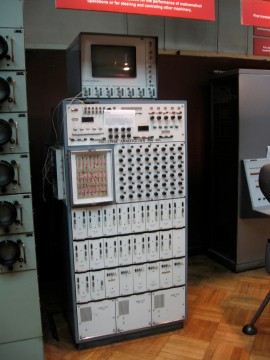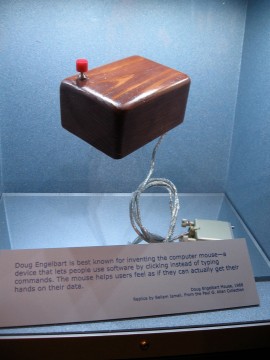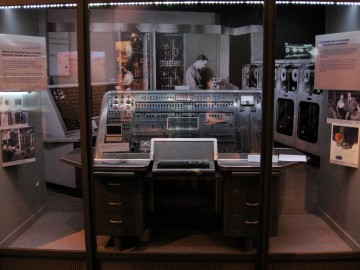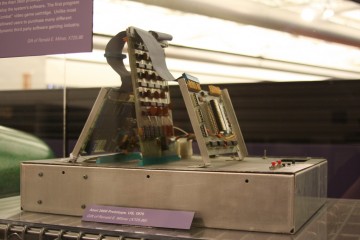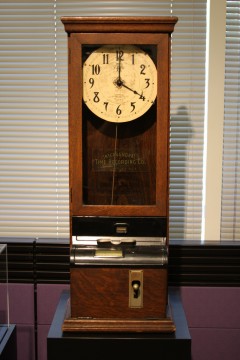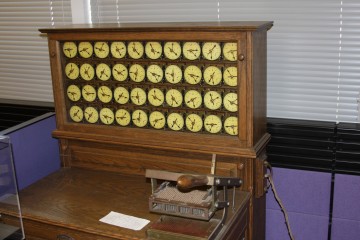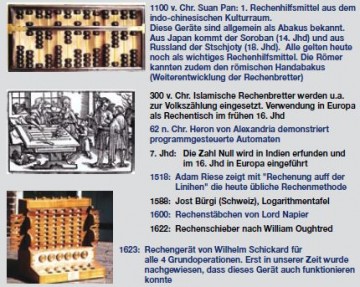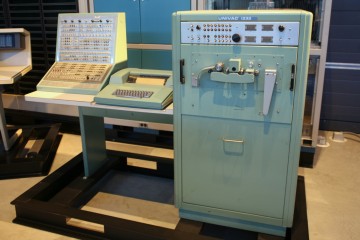
This computer was used from 1967 through 1990 at the U.S. Air Force's Satellite Control Facility, in Sunnyvale, California. From this facility, over a dozen Sperry 1230-series computers operated in "real time" around the clock, as part of a system that controlled and operated Air Force, NASA, other government, and commercial satellites. It also supported Space Shuttle missions. The 1232 computer was manufactured by the St. Paul, MN division of Sperry Univac, and was a military version of the UNIVAC 490 general purpose commercial computer. The computer used discrete transistors, was optimized for real-time use, had a 30-bit word length, and initially was supplied with 32,000 words of memory (approximately 123 K Bytes).
